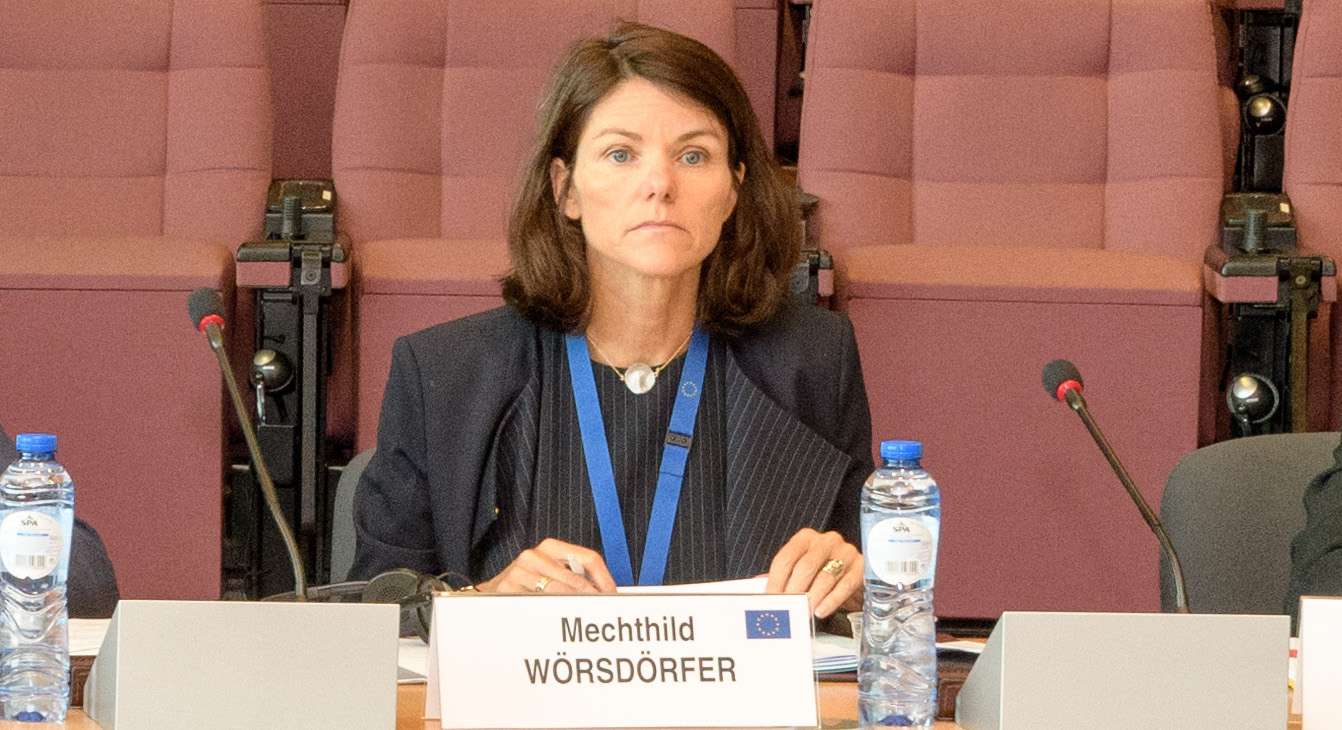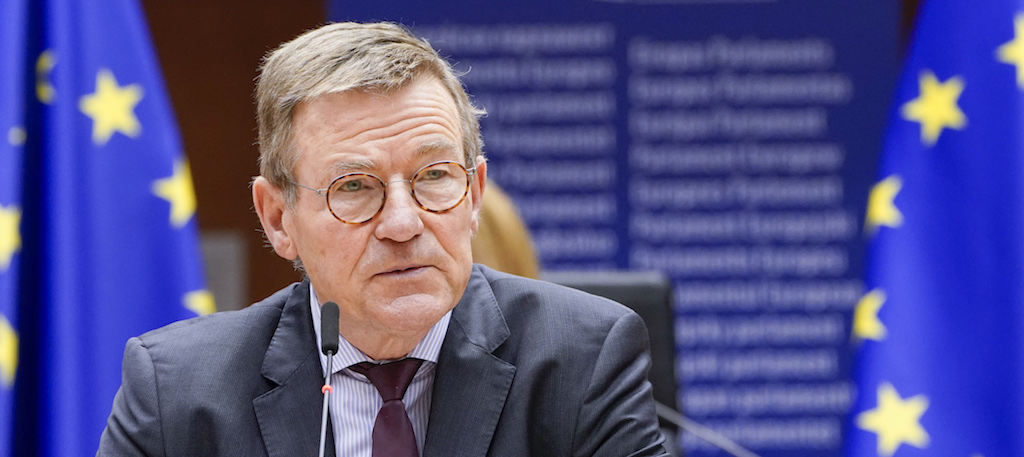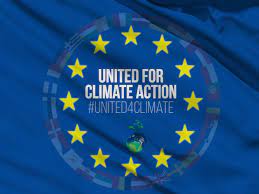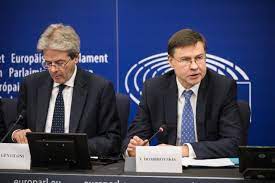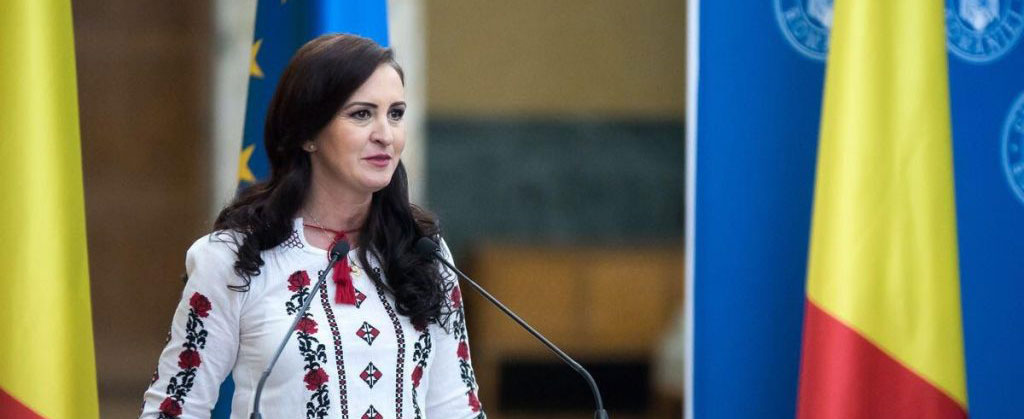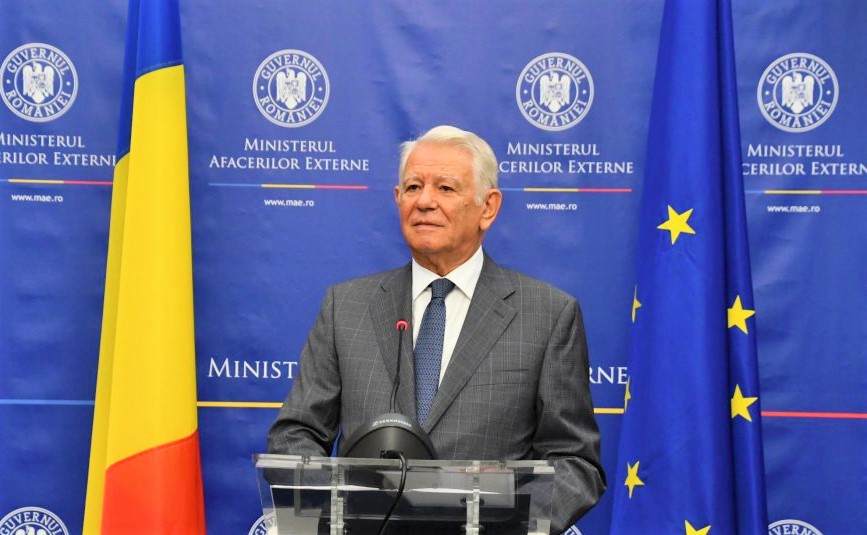
What is REACT-EU and how does it involve cohesion policy?
REACT-EU stands for Recovery Assistance for Cohesion and the Territories of Europe and is an initiative that continues and extends the crisis response and crisis repair measures delivered through the Coronavirus Response Investment Initiative and the Coronavirus Response Investment Initiative Plus. It will contribute to a green, digital and resilient recovery of the economy.
The REACT-EU package includes €55 billion of additional funds that will be made available to the 2014-2020 European Regional Development Fund (ERDF) and the European Social Fund (ESF) as well as the European Fund for Aid to the Most Deprived (FEAD). These additional funds will be provided in 2021-2022 from Next Generation EU and already in 2020 through a targeted revision to the current financial framework.
Is the €55 billion “fresh money”?
Yes. REACT-EU will add fresh additional resources to existing cohesion policy programmes and will not go at the expense of any other programme or of resources foreseen for future years. These resources are therefore additional to the existing 2014-2020 envelopes and on top of the proposed envelopes for the 2021-2027 period.
In order to ensure that these amounts will be made available quickly to satisfy the needs in the real economy, it is proposed that the additional funding in 2020 be made available through a targeted revision to the 2014-2020 financial framework.
What challenges will REACT-EU address?
REACT-EU will provide additional funding for the most important sectors that will be crucial to lay the basis for a sound recovery. This will involve investment to support job maintenance, including through short-time work schemes and support for the self-employed. The funds can also be used to support job creation and youth employment measures, to health care systems and the provision of working capital and investment support for small and medium-sized enterprises. Such support will be available across economic sectors, including for the much-affected tourism and culture sectors. The additional support will also serve to invest in the European Green Deal and digital transition, as an enhancement to the significant investment in those areas that is already taking place through EU cohesion policy.
Member States will be able to decide themselves how exactly to channel the funds. Maximum flexibility, as proposed under the Coronavirus Response Investment Initiative and Coronavirus Response Investment Initiative Plus packages, will be maintained and they will be able to either direct them to crisis-repair measures through the European Regional Development Fund (ERDF) or the European Social Fund (ESF), or support the most vulnerable parts of the society, under the Fund for European Aid to the most deprived (FEAD).
How will these resources be distributed among Member States?
The REACT-EU funding will be distributed among Member States taking into account their relative prosperity and the extent of the effects of the current crisis on their economies and societies, including on youth unemployment.
How fast will the REACT-EU funding be mobilised for investments through cohesion policy programmes?
In order to tackle the impact of the coronavirus pandemic, Member States need urgent access to financial support. The Commission proposes that 50% of REACT-EU additional resources for the year 2020 is paid to Member States as pre-financing immediately, following the approval of the programme(s) or programme amendment(s) concerned. Member States and regions are encouraged to use this pre-financing to provide advance payments to beneficiaries in order to strengthen their financial liquidity. It is also proposed that annual pre-financings in the following years are paid in respect of the additional resources allocated to programmes. The very generous EU-financing rate of up to 100% will also contribute to a fast roll-out of this additional funding.
How will the 100% financing work?
The Commission proposed today that the additional resources under REACT-EU may be used to finance eligible expenditure up to 100% from the EU budget. In order to allow for this possibility, it is necessary that these resources are programmed under one or more new dedicated priority axes or, where appropriate, under a new dedicated operational programme.

Cohesion policy in the 2021-2027 long-term EU budget
What is new for cohesion policy under the revamped proposal for the next long-term EU budget compared to the 2018 proposal?
The focus of the EU cohesion policy in 2021-2027 remains the economic competitiveness through research and innovation, digital transition as well as the European Green Deal agenda and the promotion of the European Pillar of Social Rights.
The new proposal reinforces support for the preparedness of health systems and ensures better exploiting of the potential of culture and tourism. At the same time, it provides support to workers and to measures addressing youth unemployment and child poverty.
In addition, Member States will have additional flexibility, compared with the current programming period, to transfer resources among the funds at any point in time of the programming period. The proposal also introduces further flexibility to enable the phasing of smaller operations, which will give Member States more time to complete such operations not finished under the 2014-2020 programmes.
The Commission also proposes to introduce a fully-fledged crisis-response mechanism for future crisis to allow for temporary measures for the use of the funds in response to exceptional and unusual circumstances. The mechanism can be promptly invoked should further shocks strike the Union in the coming years. The Commission would have the possibility to introduce temporary measures to help address such exceptional and unusual circumstances.
How will the Commission apply the crisis response mechanism?
A built-in mechanism to provide responses to future shocks promptly is of critical importance. The lesson learned from the current crisis is that it must be possible to invoke it quickly should exceptional or unusual circumstances, as referred to in the Stability and Growth Pact, arise in the next programming period.
Today’s proposal will allow to act as quickly as possible and with adequate flexibility in possible similar situations in the future.
Emergency measures in the proposal were designed on the basis of the experience of the Coronavirus Response Investment Initiative packages, such as easing the conditions to make use of cohesion funds. They also include the possibility to increase the co-financing rate applicable by 10 percentage points.
What are the criteria for temporary measures in exceptional circumstances?
The exceptional or unusual circumstances being the trigger for proposing the temporary measures are defined under the Stability and Growth Pact as a ‘general escape clause’ or ‘unusual event flexibility clause’. They were both introduced as part of the ‘Six-Pack’ reform of the Stability and Growth Pact in 2011, following the economic and financial crisis.
The exceptional or unusual circumstances refer to either a severe economic downturn for the euro area or the Union as a whole or an unusual event outside the control of the Member State with major unfavourable consequences for government finances in one or only few Member States.
The general escape clause was activated for the first time after the outbreak of the coronavirus pandemic. The ‘unusual event flexibility clause’ was used a few times in the past, in order to take account of the exceptional expenditure related to the inflows of refugees in 2016 or for Italy in 2017, to take account of the exceptional expenditure related to earthquakes.
How will the new proposal impact the amounts proposed in 2018, per thematic priority and per Member State?
The Commission proposal from May 2018 remains valid.
The top-up for cohesion funding under REACT-EU is additional to the 2014-2020 period and will be allocated based on the severity of the economic and social impacts of the crisis, including the level of youth unemployment and the relative prosperity of Member States.
To ensure sufficient support to Member States and regions most in need, the Commission’s revised proposals also provide for a review of national cohesion allocations in 2024, taking into account the latest available statistics. This review will lead only to upward adjustments of up to €10 billion for all Member States.
How can Member States make use of the flexibility to transfer resources across funding instruments and priorities?
Transfers between the funds and different EU instruments, or among the shared management funds, including between cohesion policy funds, are optional. Member States can request the application of the maximum thresholds, or they can request lower amounts to be transferred, depending on their particular situation.
A Member State, when requesting a transfer in the Partnership Agreement or in a programme amendment will have to justify its request and provide information on the specific needs and the challenges ahead that would require such a transfer. The Commission will be verifying the very purpose of the transfer, taking into consideration the investment needs and challenges in each Member State or region.
European Social Fund+
What changes are being made to the European Social Fund?
The European Social Fund (ESF) is being topped up by REACT-EU.The European Social Fund can be used to support job maintenance, including through short-time work schemes and support for the self-employed and job creation. It can also support youth employment measures, to fund education and training and skills development, and to enhance access to social services, including for children. To finance these investments in people, Member States can use part of the €55 billion in fresh funding available under the new REACT-EU initiative. The ESF can complement the instrument for temporary Support to mitigate Unemployment Risks in an Emergency (SURE).
In addition, REACT-EU allows Member States to top up current funding from the Fund for European Aid to the Most Deprived (FEAD) to increase support to the most vulnerable in our society who have been disproportionately affected by the crisis. Support to the most deprived will continue to be a priority in the future.
What will happen to the European Social Fund Plus?
The ESF+ is the successor to the current ESF and FEAD. It will be the main financial instrument to implement the European Pillar of Social Rights. It has been adapted to make sure the EU social dimension and employment policies in the Members States receive the adequate resources that our societies and economies need for a new reality after the coronavirus crisis:
- A more ambitious requirement for investing in youth employment, also supporting the implementation of the Youth Guarantee. Member States with an above Union average rate of people aged 15 – 29 not in employment, education or training should invest at least 15% of their ESF+ resources to targeted actions and structural reforms to support young people (instead of 10%, as per the original ESF+ proposal).
- No child must be left behind in the aftermath of the coronavirus crisis. The amended ESF+ proposal introduces a requirement that Member States allocate at least 5% of their ESF+ resources to measures addressing child poverty.
- The amended ESF+ proposal underlines the Fund’s contribution to a green and digital economy, in line with the Commission communications on the European Green Deal and on building a strong social Europe for just transitions. The ESF+ will reinforce the investments by the Just Transition Fund to help people develop the skills for a climate-neutral and inclusive society.
- The Commission also proposes to introduce a fully-fledged crisis-response mechanism for future crises to allow for temporary measures for the use of the funds in response to exceptional and extraordinary circumstances. The mechanism can be quickly invoked should further shocks strike the Union in the coming years. The Commission would have the possibility to introduce temporary measures to help address such exceptional and unusual circumstances.
How will the ESF+ interact with other recently proposed EU instruments investing in people, such as the SURE?
The instrument for temporary Support to mitigate Unemployment Risks in an Emergency (SURE) is a loans-based instrument to help Member States finance public expenditure related to maintaining employment, notably by supporting short-time work schemes and similar measures. SURE will complement the ESF+, which is grants-based and can invest in active labour market programmes to enhance the employability of workers through further training and upskilling, active job search, job-matching and counselling.





